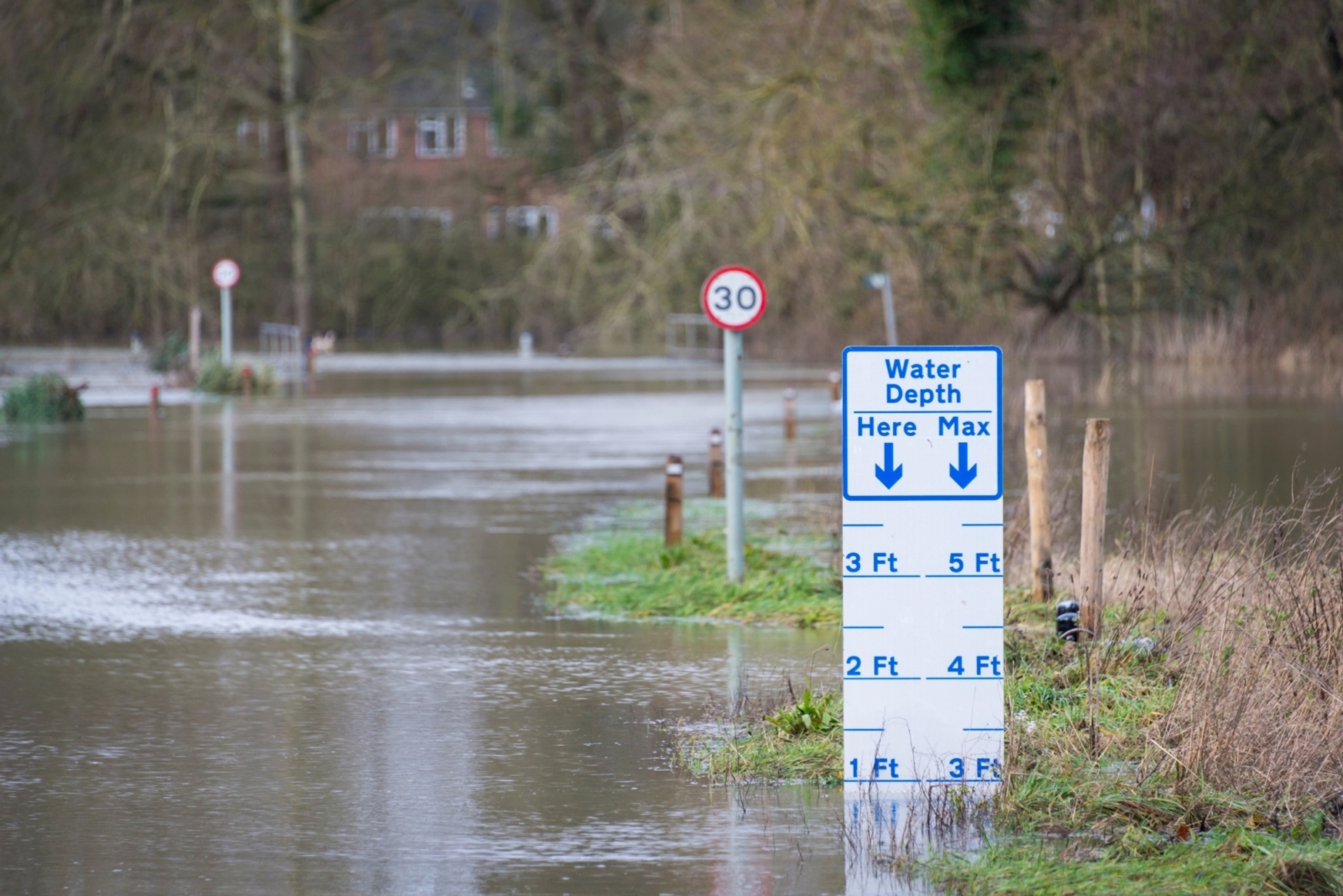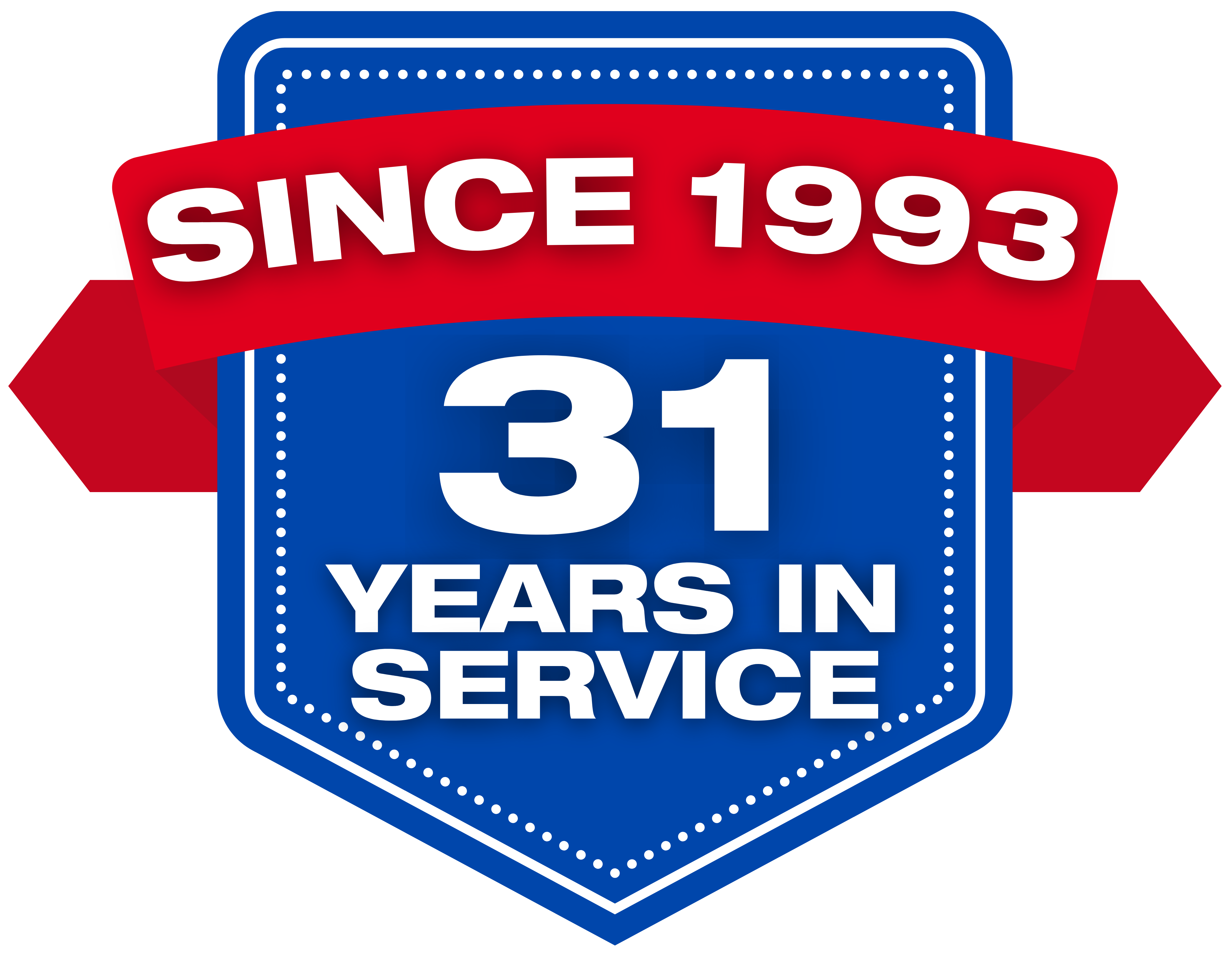What to Do if Your Home is in a Flood Zone

Living in a flood zone can feel overwhelming, but being informed and prepared can make all the difference. If this is your situation, it's crucial to understand the risks. We aim to guide you with proactive steps you can take to protect your property, your family, and your financial investment. In this blog, we’ll explore what to do if your home is in a flood zone—from assessing risk to preparing for the worst and managing recovery efforts. We’ve got you covered!
1. Understand Your Flood Zone Designation
The first step in managing a home in a flood zone is understanding the risk you face. FEMA (Federal Emergency Management Agency) designates flood zones based on factors like proximity to water bodies, rainfall patterns, and topography. This is public information and you can check to see if your home is in a flood zone using FEMA's Flood Map Service Center. The primary flood zone categories include:
High-Risk Areas (Zone A, AE, AH, AO, AR, A99, and VE): These are areas that have a 1% or greater chance of flooding each year, also known as the "100-year flood zone."
Moderate-Risk Areas (Zone X or B): These areas have between a 0.2% and 1% annual chance of flooding.
Low-Risk Areas (Zone C or X): While not immune to floods, these areas have a lower probability of flooding.
Pro-Tip: It’s important to know your zone so that you are making more informed decisions about flood insurance, preparation, and mitigation strategies.
2. Get the Right Flood Insurance
Don’t make assumptions. Homeowners insurance typically does not cover flood damage, so if you live in a flood zone, purchasing flood insurance is essential to protecting your investment. The National Flood Insurance Program (NFIP) offers policies to homeowners in flood-prone areas. Some private insurers also provide flood coverage, which can sometimes offer more comprehensive plans. But, which should you choose? Well, it depends. Here’s what to consider when buying flood insurance:
Coverage Types: Flood insurance covers the structure of your home and your personal belongings. Ensure that your policy covers both, and verify limits to make sure they suit your needs.
Costs: The cost of flood insurance depends on your flood zone, your home's elevation, and the value of your property. Homes in high-risk zones will have higher premiums, but having insurance is often mandatory if you have a federally-backed mortgage.
Waiting Period: Most flood insurance policies have a 30-day waiting period, so plan ahead to ensure coverage is in place before an anticipated flood season.
3. Elevate and Protect Your Property
If your home is in a flood zone, making improvements to reduce potential flood and water damage is one of the most effective ways to protect your property. Consider the following:
Elevate Your Home: Elevating your home above the base flood elevation (BFE) significantly reduces the risk of flood damage. This process involves raising the structure on stilts or pilings, but it can be costly. However, it may lower your flood insurance premiums and offer long-term protection, so it’s a good decision in the long run for your investment.
Install Flood Vents: Flood vents are designed to allow water to flow through a home’s foundation without causing structural damage. This prevents pressure from building up and damaging the walls or foundation during a flood.
Landscaping for Flood Prevention: Modify your landscape to help direct water away from your home. Grading your yard, installing French drains, and planting deep-rooted trees or vegetation can help mitigate water flow.
Seal Basement Walls: Use a waterproof sealant on basement walls to prevent water seepage. Also, install a sump pump in the basement to remove water during flooding events.
4. Create a Flood Emergency Plan
Preparation is key when living in a flood zone. ALL-CLEAN USA provides a specialized PRIME Promise program to reduce property downtime, prevent income loss, and lower repair and reconstruction costs following a property loss. Developing a flood emergency plan that outlines the steps you and your family should take before, during, and after a flood is key. Here’s what you should include in your plan:
Evacuation Routes: Know the safest and quickest routes to higher ground in the event of an evacuation. Plan multiple routes in case roads are closed, and ensure all family members are aware of the plan.
Emergency Contacts: Have a list of important contacts, including local emergency services, insurance providers, and nearby family or friends who can offer help.
Assemble a Flood Kit: Prepare an emergency kit with essentials such as bottled water, non-perishable food, first aid supplies, flashlights, batteries, important documents, and a battery-powered radio.
Shut Off Utilities: Learn how to shut off your home’s electricity, gas, and water supply in case of a flood. This can prevent further water damage and reduce the risk of electrical fires or gas leaks.
5. Stay Informed and Act Quickly
Keeping informed of weather conditions and potential flood risks can make all the difference when living in a flood zone. Sign up for flood alerts and weather updates through reliable sources such as the National Weather Service or local government agencies. Here’s what to do when a flood is imminent:
Move to Higher Ground: If a flood warning is issued, gather your emergency kit and move to higher ground immediately. Avoid driving through flooded roads—just six inches of water can cause a car to stall, and two feet of rushing water can carry a vehicle away.
Elevate Valuables: If time allows, move furniture, electronics, and important documents to higher floors or elevated surfaces. Protect valuable items by placing them in waterproof containers.
Document Damage: In the event of a flood, document the damage to your home and belongings with photos and videos for insurance purposes. This will help when filing claims.
6. Recovering After a Flood
The aftermath of a flood can be stressful, but there are steps you can take to start rebuilding your life and home. Here’s what to do post-flood:
Contact Your Insurance Provider: Report the damage as soon as possible to your insurance company. An adjuster will be assigned to assess the damage and help with your claim.
Clean Up Safely: Floodwaters can be contaminated with sewage, chemicals, and debris. Wear protective gear such as gloves, masks, and boots when cleaning up. Use disinfectants to clean surfaces and remove any wet items that could develop mold.
Apply for Disaster Assistance: If the flood has caused significant damage, you may be eligible for federal disaster assistance through FEMA. They can provide financial assistance for temporary housing, repairs, and other flood-related costs.
Repair and Rebuild: Work with a licensed contractor who has experience with flood repairs. You may also want to consider elevating your home or adding flood-proofing measures during the rebuilding process to protect against future floods.
7. Reduce Future Risks
Once you’ve recovered from a flood, take steps to prevent future damage. This could include applying for grants that help homeowners make their properties more flood-resistant, such as elevating structures or adding flood barriers. Regularly maintain your gutters, drainage systems, and sump pumps to ensure they function properly during storms.
Why Choose ALL-CLEAN USA for Water Restoration Services
Living in a flood zone comes with challenges, but with the right precautions, you can protect your home, reduce risk, and ensure you’re prepared for any future flooding events. Should you need us in the aftermath of a flood and water damage to your property, All-Clean USA uses advanced equipment and a dedicated team to quickly restore your property and help you get back to normal. Available 24/7, 365 days a year, our experts are always ready to respond, providing fast and efficient recovery. Don’t delay—contact us now for immediate assistance and start the restoration process today.


